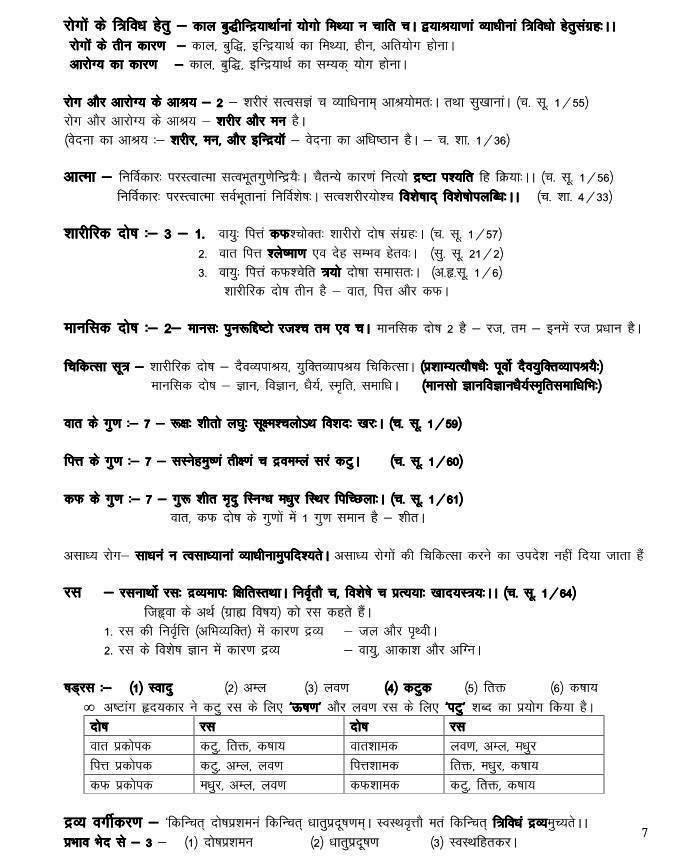

The patient is responsible for being positive, have the ability to describe how he or she feels, remember and respectfully follow the physician instructions. The nurse must be knowledgeable, skilled at preparing formulations and dosage, sympathetic towards everyone and clean. The physician must express joy and cheer towards those who can respond to treatment, masterfully avoid and save time in cases where the patient suffers from an incurable disease, while compassionate towards all. The physician provides knowledge and coordinates the treatment, he is who can “ explore the dark interior of the body with the lamp of knowledge“, according to the text and Valiathan’s a translation. The text asserts that there are four important parts of medical practice – the patient, the physician, the nurse, and the medicines.Īll four are essential to recovery and return to health, states the text. This Atharvaveda layer of text was likely compiled contemporaneously with Samaveda and Yajurveda, or about 1200 BCE – 1000 BCE.ĭasgupta and other scholars state that the Atreya-Caraka school and its texts may have emerged from this older tradition, and he cites a series of Atharvaveda hymns to show that almost all organs and nomenclature found in Caraka Samhita is also found in the Vedic hymns. The Atharvaveda contains chapters relating to medicine, surgery and magico-religious rites. Their texts have not survived into the modern era, but manuscripts from two competing schools – Paippalada and Saunakiya, have. The name of this school literally means “ wandering physicians“. Surendranath Dasgupta states that the medical tradition of wandering physicians is traceable to the Atharvaveda, particularly the Caranavaidya shakha – one of the nine known shakha of Atharvaveda-based Vedic schools. In Sanskrit, charak is a term for a wanderer, sannyasi ( ascetic), and sometimes used in the context of the ancient tradition of wandering physicians who brought their medical expertise and magico-religious rites from village to village. The Dṛḍhbala revision and completion, the source of current texts, is dated to the 6th century CE. Meulenbeld’s History of Indian Medical Literature dates it to be between fourth century BCE to the second century CE, with Charaka’s compilation likely between 100 BCE and 200 CE.

Dates of the composition of the Charaka Samhita are uncertain.


The Charaka Samhita also includes sections on the importance of diet, hygiene, prevention, medical education, the teamwork of a physician, nurse, and patient necessary for recovery to health.


 0 kommentar(er)
0 kommentar(er)
